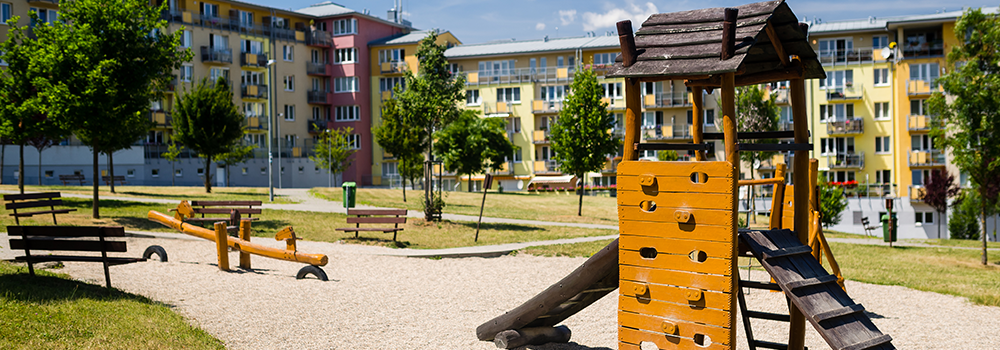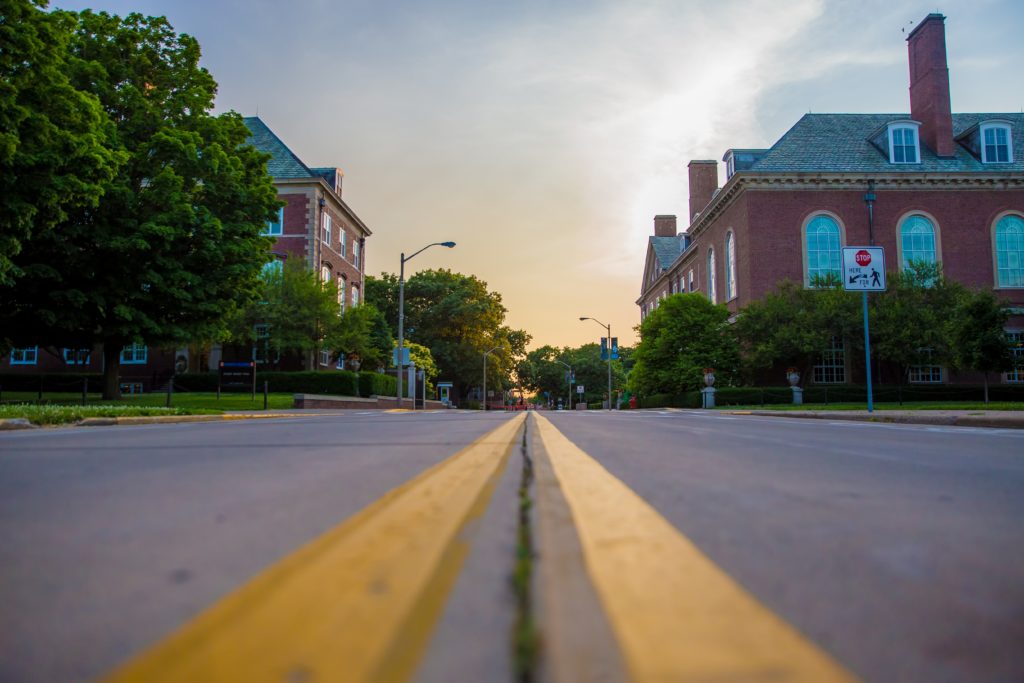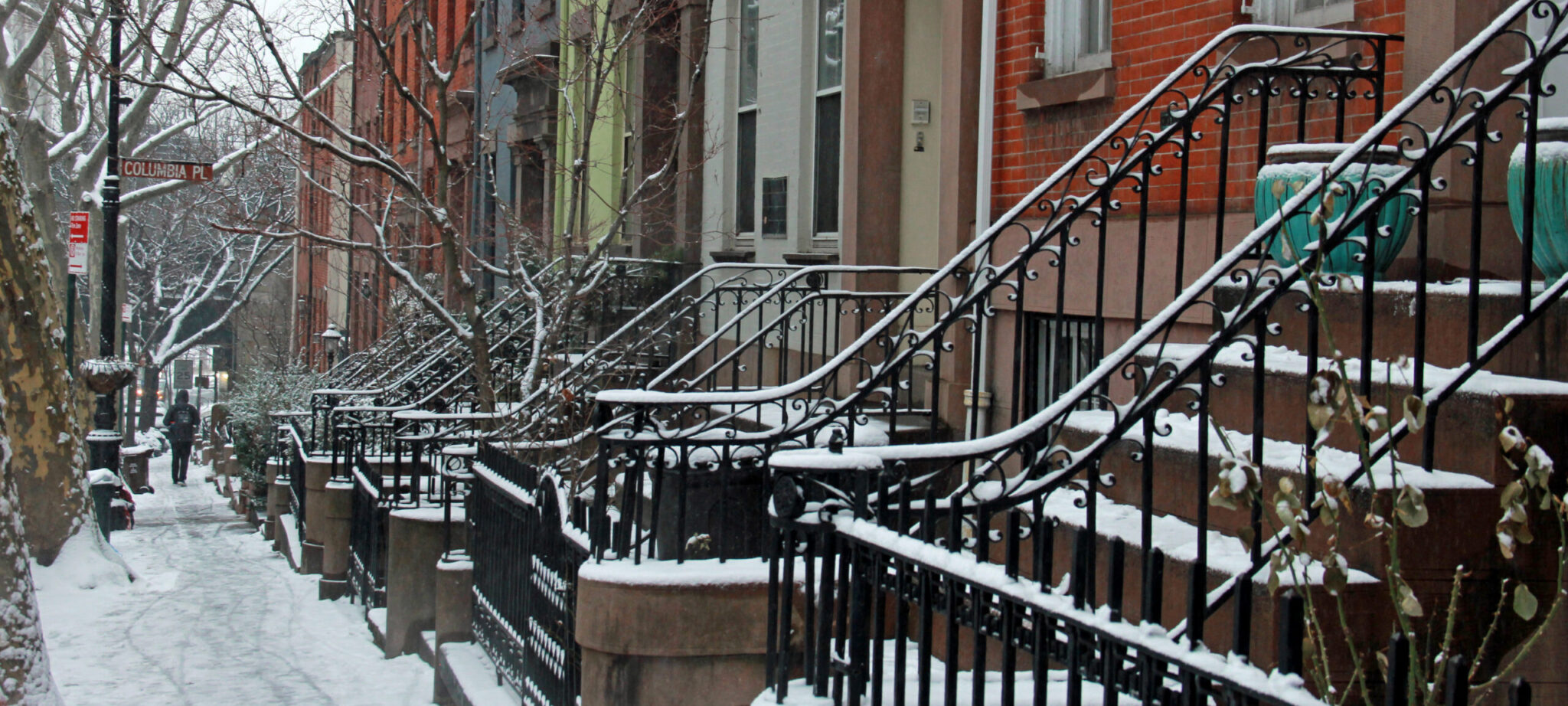Homelessness among Latinos is on the rise across the country. Historically, Latinos experienced a lower rate of homelessness compared to other marginalized groups. However, there was a 59% increase in homelessness among Latino and Hispanic people experiencing homelessness from 2015-2023, compared to 16% for overall homelessness in the US during the same period. The significant increase in Latino homelessness over recent years is a clear indicator that tailored interventions and culturally responsive services are needed to reverse this trend.
What Does Latino Homelessness Look Like?
Latinos often live in doubled up situations (sharing a housing unit with others to manage economic strain) instead of experiencing literal homelessness, which creates both resilience and unique challenges. Latinos often rely on social networks and informal support systems (away from formal homeless services), which result in a lower reported rate of homelessness despite socioeconomic risk factors that are strongly tied to homelessness. Doubling up not only means substandard living conditions in many cases, but it might also represent a pipeline towards literal homelessness.
Risk of Homelessness Among Latinos
When analyzing doubled up statistics based on US Census data, it is noted that 2.4% of all Hispanic/Latino/Spanish individuals are doubled up, compared to only 0.88% of non-Hispanic individuals. This may increase risk of homelessness. A 2023 UCLA Latino Policy & Politics Institute research brief focused on Latino homelessness found:
- Rates of doubling up for Latinos are tied to certain risks factors like immigration status, number of years in the U.S., and English language proficiency.
- Latino individuals who are doubled up, and are not leaseholders, typically receive one day’s notice before being evicted, compared to ten days for leaseholders.
- Nearly 50 percent of individuals that experienced homelessness in California in 2020–22 had not been previous leaseholders.
This risk is exacerbated by the fact that Latinos are many times excluded from federal relief programs that might make the difference between being doubled up or experiencing literal homelessness. A 2021 report submitted to the U.S. House of Representatives Committee on Financial Services highlighted that, under the CARES Act, many Latinos were excluded from the economic relief and aid provided by the federal government. This report estimates that this affected 3.7 million children and 1.7 million U.S. citizen spouses. Mixed migration status families, and undocumented families are especially likely to not receive these benefits, two groups that already face many challenges in employment, housing, and healthcare among other areas.
Increasing Support for Latinos Experiencing Housing Instability
Partnerships between homeless services and faith-based organizations may increase the reach of these services to Latino people who tend avoid traditional homeless services and formal support systems. According to a survey by The Brown Church Institute, Fuller Centro Latino and Urban Strategies, churches and other faith-based organizations serve as a social safety net when members of the community experience economic hardship, especially in Latino communities. This alliance could be a tool to address the lack of reach that homeless services often face with Latino communities and new immigrants, addressing the growing trend of Latino homelessness.
To learn more about these policies and the state of Latino homelessness, read the Alliance’s brief: Increasing Latino Homelessness— What’s Happening, Why, and What to Do About It.
Stay Updated: Solutions, Stories, and Ways to Make an Impact
Sign up to receive updates on the Alliance’s work, including the latest research, advocacy efforts, and real stories of progress — plus ways you can help drive lasting change.














